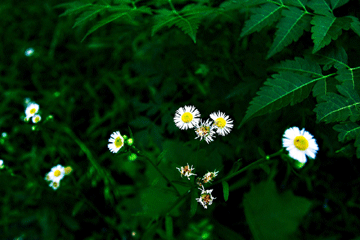
Volume XVII, Issue 26 # June 25 - July 1, 2009 |
 |
by Dr. Frank Gouin
Ready Your Pines for Christmas
You’ve got to work at evergreen trees and hedges
I am shearing Christmas trees here at Upakrik Farm in preparation for selling them in December. Delay pruning them until mid to late July and it will be too late for new vegetative buds to form in the now fully developed needle clusters.
Shearing of Christmas trees starts with pines. The shearing begins as soon as the new needles are at least half-grown. By clipping the ends of the new growth, you stimulate early and extensive development of new vegetative buds in the clusters of needles.
Left undisturbed, the ends of each new branch will produce only one large terminal vegetative bud and four or more smaller lateral buds at the base of each terminal bud. If you closely examine the stem and branches of a white pine, you will notice that a whorl of branches is produced each year due to the formation of these buds.
However, if you cut off the end of each new branch, you will force new vegetative buds to form in each cluster of needles. By pruning away the tips of each branch, you force more of the clusters of needles, called fascicles, to produce vegetative buds, which means that the plant will become denser with branches.
You will note that white pine and Scots pine produce only one flush of growth each year. Virginia pine produces several flushes of growth; if you want these to grow dense, you have to shear them several times each year.
White pines can be sheared into a nice dense hedge, but you need to start when the plants are young, generally three feet or less in height. Early shaping makes a low, dense hedge. The beauty of a white pine hedge is that it needs only to be sheared once each year as compared to a hedge made of privet, yew or holly. The disadvantage of a white pine hedge is that when the hedge becomes too big or tall, it has to be removed — and you start all over again.
 The Plague of Mugwort
The Plague of Mugwort
Q What can be done if anything, about this terrible weed? Mugwort has infested my iris bed, and all the hand pulling in the world just slows it up a bit! I used the Internet to identify it and read that eradication is all but impossible!
–Bob Donnelly, via email
A Mugwort, or wild chrysanthemum, is a very difficult weed to control. Unless you dig out the rhizomes from the ground, hand pulling is a waste of time. Your best option is to dig out your iris in late August, place the roots (pachymorphs) in moist peat or sawdust and spray the mugwort with Roundup. Allow at least 10 days before replanting the iris. Unless you kill the rhizomes in the ground, you will never get rid of mugwort.